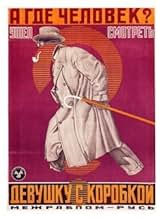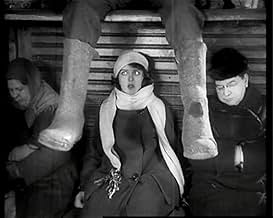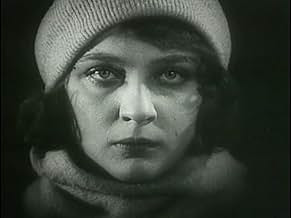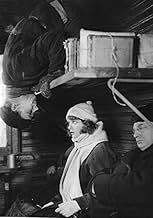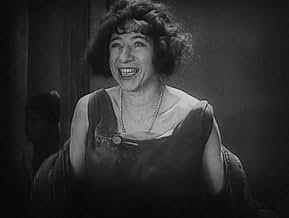I have been lately surveying silent film for two major reasons. One is looking to see cinema when it was still new, before all manner of rules and shorthands were in place. The distance between life and movies was much shorter, for one, far less complicated, which means you get to see very transparent workings.
Take this for example. Reviewers have it noted as an early riff on screwball comedy plus slapstick sweetness from Chaplin, with no bearing whatsoever to Eisenstein and the likes, nary an outspoken prole or montage in sight.
Then note again a much more subtle class conflict than anyone else from Kuleshov's film workshop at VGIK envisioned. Two adjacent rooms in the same house, one leased by the well-to-do couple who own the house to a poor girl from the countryside selling hats, who in turn agrees out of pity to be the mock wife to an itinerant bum just to shelter him from the cold. Money drives the world. A feudal relationship exists in essence between the two rooms. The girl is busy working on hats, while the couple mooch off her efforts because they have a place to sell. Authorities come knocking on the door, tax-collectors, the house committee, and are met with cunning wit and deception.
The main gag in the finale is that the husband of the couple bought the lottery ticket standing to win a small fortune but has given it to the hatbox girl.
The scene where he finds out is marvellously rendered as visual radio, with the listener tuning into different excerpts of films. These days he would be shown watching TV. A similar - more sophisticated - scene exists in L'Herbier's superb L'Inhumaine from 1924. My guess is the film was studied at VGIK.
The other reason I've been delving into these films, is for a window in time that sharpens perception. Because silent film portrays a world a little damp and sunless after centuries of cinematic prehistory, caught suddenly in the light of the camera, and really seen for the first time as it prepares to lunge forward from the precipice, so both antiquated and modern at the same time, you get the strange effect of reality in the process. My pet project with these is to see not old times feted in history then, but a modern, contemporary world out the window. Here, it's Moscow as was not often depicted by the Soviets, not completely gloomy and downtrodden, or caught in revolutionary frenzy. Some life going on basically. Also very precious in this regard are Vertov's Kino-Pravda reels.
One more reason to see this is for the brief experiment with synchronous sound.

